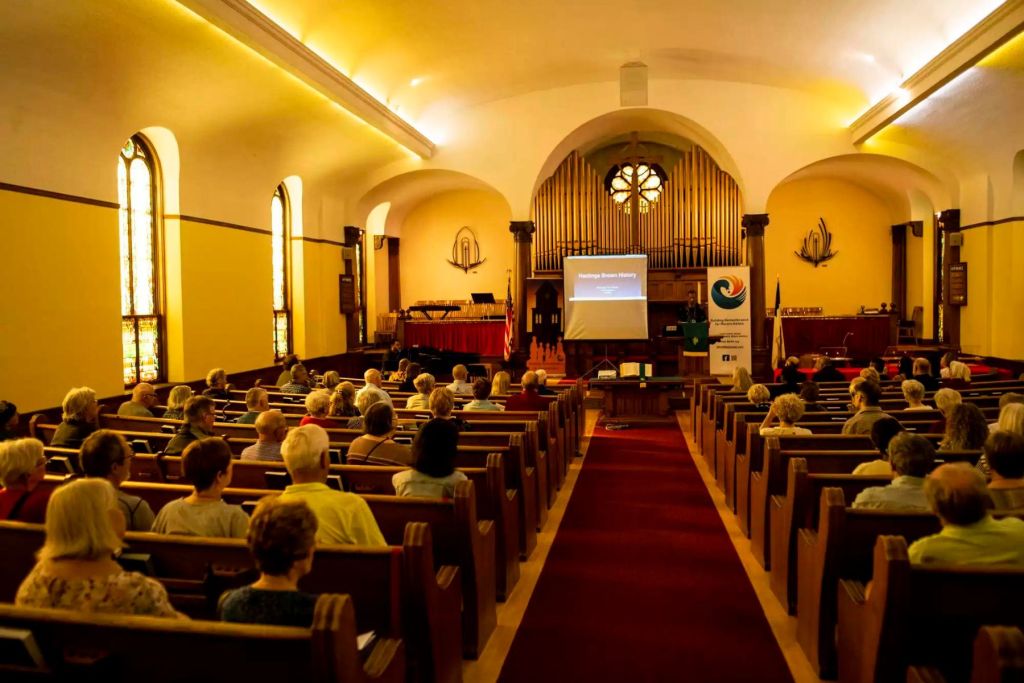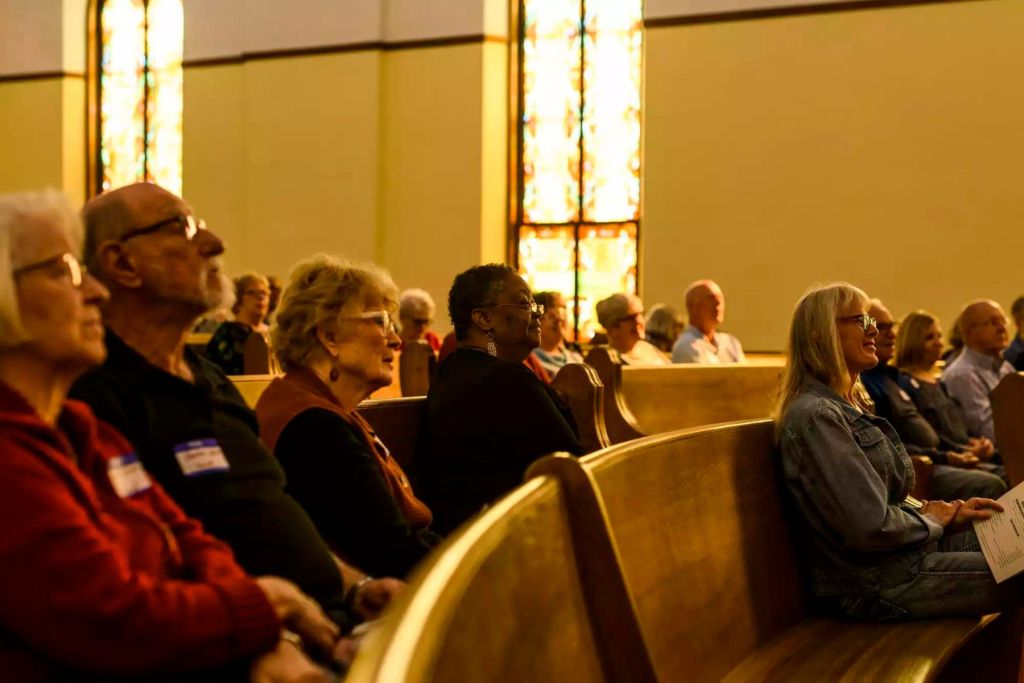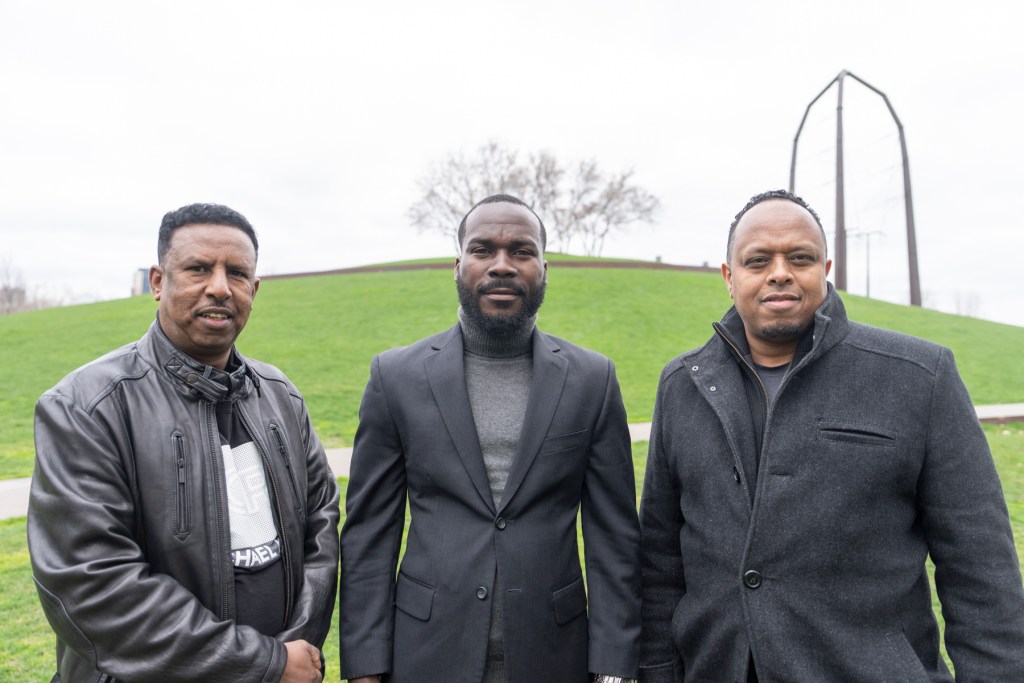This story comes to you from MPR News through a partnership with Sahan Journal.
More than 100 years ago, arsonists set fire to Brown’s Chapel AME Church in Hastings. The fire destroyed the first church where Black residents could worship.
On Sunday, October 23, members of the community—including a descendant of the congregation—came out to First Presbyterian Church in Hastings to remember the historic church and acknowledge the legacy of racism that stoked the fire which burned the building.
The church stands just a few blocks from where Brown’s AME was located. Brown’s Chapel first opened in Hastings in 1892. For Black families living in Hastings at the time, it was the first church they could attend to worship in peace.
But church bells would only ring for so long, before they were muffled by fire in 1907.
Historian and educator James Curry says someone set the church on fire.
“Persons entered, poured kerosene on the pews, floor, walls, and ignited it and escaped,” Curry said.
Curry says to this day, they don’t know who’s responsible. He says there’s a painful history here that must be acknowledged.
“The Black community here had a church that was the victim of a hate crime, it was burned down by arsonists.”

Shortly after Sunday’s remembrance of the church, descendants of Hastings’ Black families toured historic landmarks in the city, including a cemetery where some of their ancestors are buried. One of those descendants, Brianna Hill, knocked on the door where her great, great, great grandfather once lived.
“Sorry to surprise you!” she announced. “My name is Brianna and we’re doing a historical tour, and I don’t know if you’re aware of that but our family used to live here.”
The man who lives here now wasn’t aware of the history, but leaned against the door and listened.
For Hill, this moment uncovered a small part of her family’s lineage.
“I come up and down this street all the time and I never knew that this was a part of my legacy, part of my history,” said Hill.” It’s quite an experience right now to be walking up and down this street and knowing that my ancestors were here.”
Davu Underwood Seru is a composer and faculty member in the English department at Hamline University. Seru says the history of Black Hastings is a collective history.
There’s a saying that the winners write the history books. When asked if the Sunday’s remembrance of Brown’s Chapel is a way to rewrite an ugly past, Seru was direct.
“Winners write the history books until they lose to memory,” he said.
Curry agrees.
“It’s taking control of the narrative,” he said.
Curry hopes this public acknowledgment of the Brown’s Chapel AME that once stood on Fifth and Sibley streets in Hastings, helps people engage in uncomfortable but necessary conversations.
“If the hearts are willing, I’d like folks to remember that community and if they are called or pulled to find the courage to embrace that in a sincere way, so am I, so it’s not so much a collective forgiveness I’m asking for but an acknowledgment,” Curry said.
The descendants of Black Hastings say while the Brown’s Chapel was never rebuilt, its history signals the need to honor those who once worshiped there—and all the rights they fought for—so the generations who came after them didn’t have to face the same battles.




















